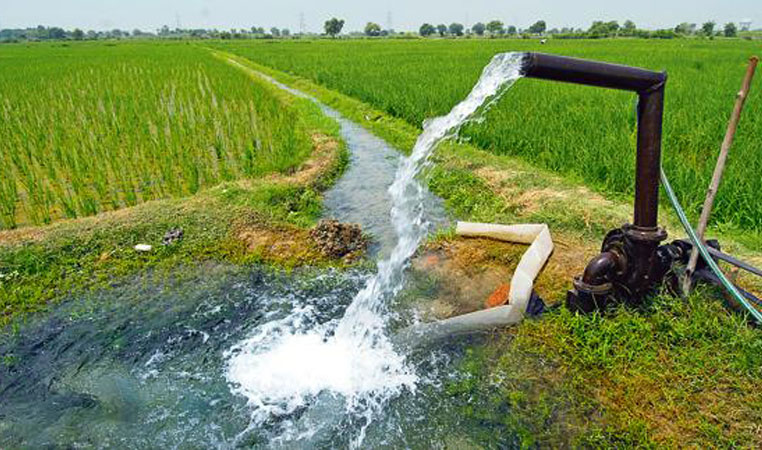WATER ANALYSIS

Introduction:
Irrigation water, irrespective of its source, always contains some soluble salts. Continuous use of irrigation waters affect crop growth and soil properties depending upon the quality and quantity of the salts present in them. Therefore, knowledge of water quality and its nutrient contents is essential for judging suitability for irrigation purposes and as a contributor to plant nutrient supply.
Analysis of irrigation water, is carried out to determine their total nutrient load, suitability for irrigation purposes in general and to salt-sensitive crops in particular, and their significance as nutrient suppliers in practical crop production. Water analysis is needed for the study of useful (plant nutrient) as well as harmful constituents such as organic compounds and toxic heavy metals for irrigation as also from health and environmental angles.
Parameters
Ph, EC, Carbonates, Bicarbonates, Sodium, Potash, Calcium, Magnesium, Chloride, Hardness, Copper, Zinc, Ferrous, Sulphur, Sodium adsorption ratio (SAR), Residual Sodium Carbonate (RSC), Total Dissolved Salt(TDS), Calcium Magnesium Ratio (Ca: Mg).
Procedure for sample collection:
Water sample is collected in the bottle after rinsing it with the same water 3 – 4 times. Sample from tube well should be collected directly from the outer point. Care should be taken to collect the sample only after continuous discharge of the source for 10 – 20 minutes. When sampling from open wells and piezometers, the sample bottle may be tied to a good quality thread and then lowered into the well till it is filled with water. From shallow ponds, lakes, reservoirs, canals and rivers, water sample should be collected from centre of the width after avoiding the floating material on the top. About half a liter of the sample is generally sufficient. After proper marking and labeling, the sample must be sent to the laboratory immediately in order to avoid any changes / deterioration in its quality due to chemical or microbial activity.
Benefits
- Evaluate its suitability for a specific crop, soil, irrigation method, filtration degree and other necessary chemical treatment.
- Determine salinity level and concentration of toxic elements in the water to assess their effects on crops.
- Determine sodium concentration and sodium absorption ratio (SAR) to assess the potential long term effect on soil structure and water infiltration.
- Determine the nutritional value in order to take into account the nutrients in the water that is used in the fertigation programme.